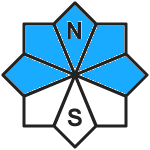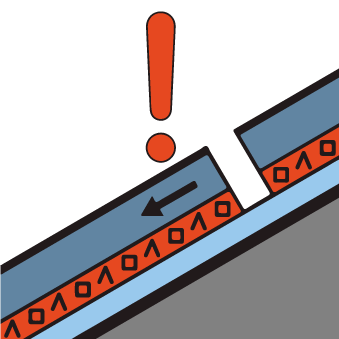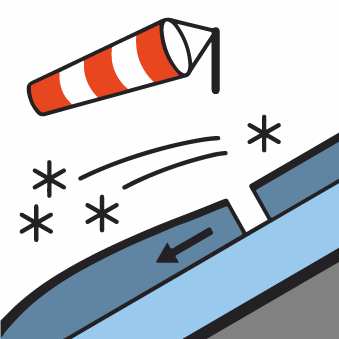
Danger level
 | treeline |
|  |
|  | ||||
|  |
|  |

Weakly bonded old snow represents the main danger. Fresh wind slabs require caution.
Avalanches can be released in the weakly bonded old snow. These avalanche prone locations are to be found especially on steep west, north and east facing slopes above the tree line, caution is to be exercised in particular in areas where the snow cover is rather shallow, as well as at transitions from a shallow to a deep snowpack. In particular in regions exposed to heavier precipitation the avalanche prone locations are more widespread and the danger is greater. Whumpfing sounds and the formation of shooting cracks when stepping on the snowpack can indicate the danger. Avalanches can reach medium size.
As a consequence of a sometimes storm force wind from westerly directions, wind slabs formed in particular in gullies and bowls and behind abrupt changes in the terrain. The fresh wind slabs remain prone to triggering. At high altitude and in the regions exposed to heavier precipitation these avalanche prone locations are more prevalent. Caution is to be exercised in particular on steep shady slopes in areas close to the tree line and above the tree line.
Snowpack
dp.6: cold, loose snow and wind
Over a wide area up to 10 cm of snow will fall. This applies in particular in the north. Over a wide area in some localities up to 10 cm of snow, and even more in some localities, has fallen. This applies in particular in the south. The sometimes storm force wind will transport the new snow. The wind slabs are lying on top of a weakly bonded old snowpack in particular on steep northwest, north and east facing slopes.
Shady slopes: The old snowpack consists of faceted crystals. The fresh wind slabs are lying on soft layers.
Steep sunny slopes: The older wind slabs are lying on a crust.
Whumpfing sounds and the formation of shooting cracks when stepping on the snowpack confirm the unfavourable bonding of the snowpack.
Tendency
New snow and weakly bonded old snow are to be critically assessed.



